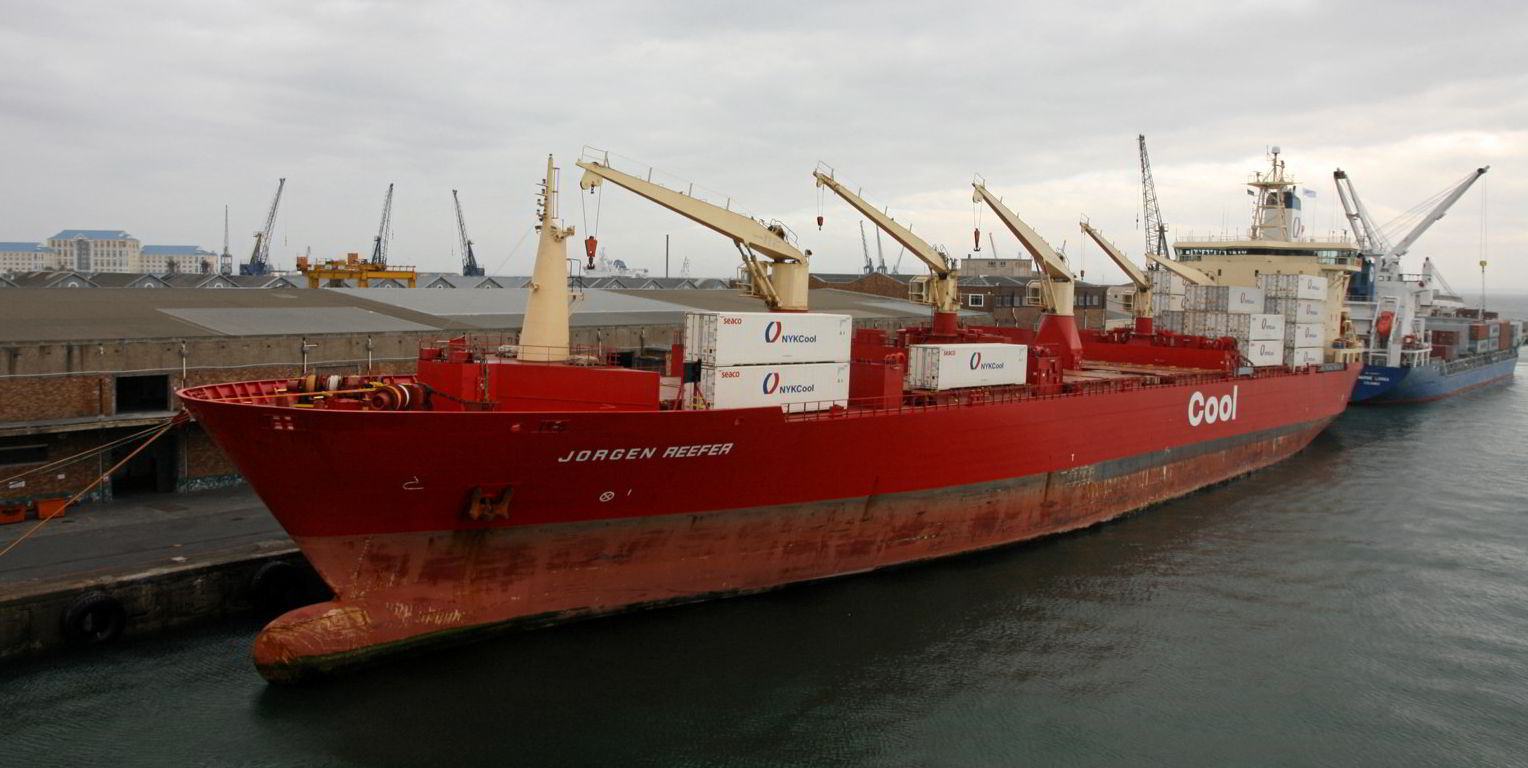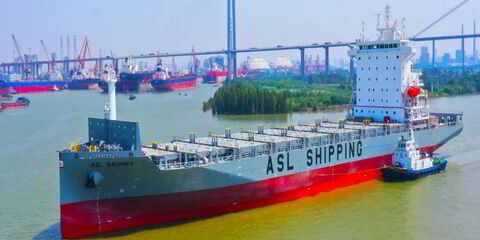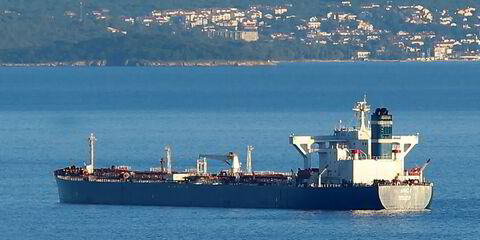Shippers of low-value bagged dry commodity cargoes are baulking at sky-high container freight rates and returning to the bulk carriers they have shunned for so long.
Hsu Chih-Chien, chairman of Taiwanese bulker player Eddie Steamship, said the return of these cargoes to dry bulk shipping is one of the major reasons why the handysize bulker segment has been performing so well in recent months.
Speaking at the TradeWinds Shipowners Forum Greater China 2021 on Thursday, Hsu said the handysize market is enjoying a knock-on effect from the high cost of shipping containers.
“Handysize is the strongest in the dry bulk sector,” said the executive, who is also known as CC Hsu.
For several decades, container lines have coveted cargoes such as rice, grains, sugar and fertilisers, shipped either bagged in regular containers or in dedicated bulktainers.
They have done this by offering cheap freight rates that provided shippers with a cheaper alternative to chartering a bulker.
Poaching across sectors
At the same time, liner companies siphoned off the majority of cargoes that were carried in dedicated reefer vessels by undercutting the reefer market with refrigerated containers.
The development of the liquid ISO tank also saw liner companies target cargoes that were the backbone of long-haul routes for small chemical and product tankers.
Container carriers saw these cargoes as a new source of income to fill the many empty slots that came as result of a containership fleet being supersized before demand could catch up.
Lines enticed shippers to make the switch by offering low freight rates that undercut the freight on a per-tonne basis.
That situation has now turned on its head.
The dramatic rise in container freight rates and terminal handling charges has made shipping low-value cargoes prohibitively expensive, and that is even if shippers are able to secure space onboard.
The stiff competition to secure slots on ships has put the lines in a position where they are able to pick and choose what cargoes they are willing to take. In recent months, shippers of low-value cargoes have complained loudly that they have been pushed to the bottom of the container pecking order.
Commodity shippers are not the only ones who are reverting back to former methods of ocean freight. TradeWinds has recently reported that liquid bulk shippers are knocking on the door of tanker operators once again as they try to move their hydrocarbon cargoes to market.
Even reefers, a class of vessels long considered a dying breed, have found themselves back in vogue this year.





